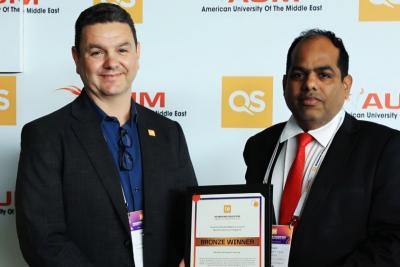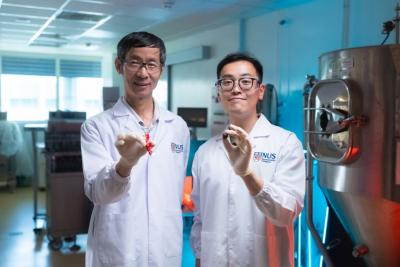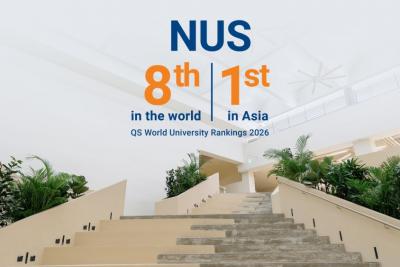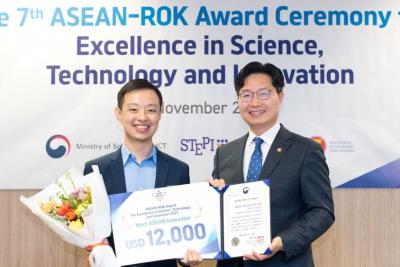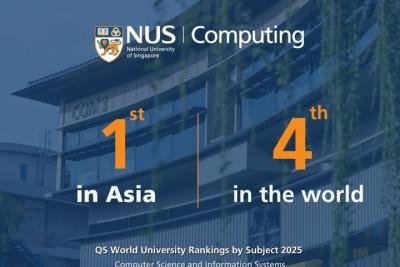Nhà nghiên cứu NUS tạo ra thiết bị điều khiển điện tử mới lạ
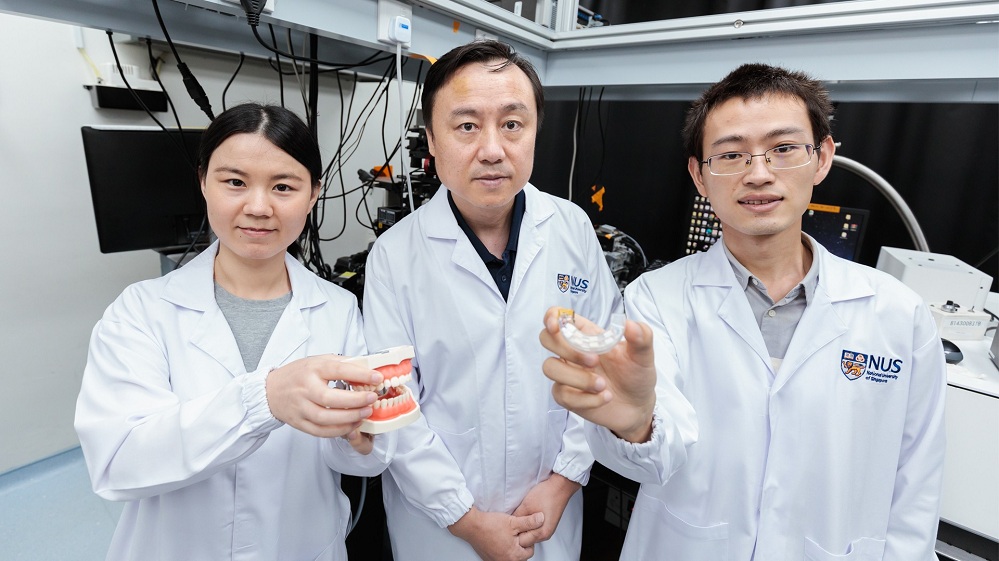
An NUS research team led by Prof Liu Xiaogang (centre) has created a revolutionary mouthguard that uses bite force to operate electronic devices such as computers, smartphones and even wheelchairs with high accuracy.
Individuals who have limited hand function can soon have a simple way of controlling devices such as computers, smartphones, and wheelchairs by wearing a smart mouthguard that translates complex bite patterns accurately and quickly into instructions to control electronic gadgets. This first-of-its-kind bite-controlled optoelectronic system was invented by a research team led by Professor Liu Xiaogang from the Department of Chemistry at the National University of Singapore (NUS) Faculty of Science, together with collaborators from Tsinghua University.
Various assistive technologies such as voice recognition, eye tracking and brain-computer interfaces have been developed in recent years to help people – especially those with limited dexterity or neurological disorders – control electronic devices. However, these technologies have limitations associated with environmental interference, control accuracy, cost and maintenance.
To offer a promising alternative to existing assistive technologies, Prof Liu and his team have successfully designed and demonstrated a smart mouthguard containing integrated pressure sensors to detect occlusal patterns. These patterns are translated into data inputs with 98% accuracy, and can be used to control computers, smartphones and wheelchairs.
The team’s technological breakthrough was published in the journal Nature Electronics on 10 October 2022.
Besides supporting human-computer interaction, the interactive mouthguard can also be used for medical assistance, healthcare devices such as smart electronic skin, and dental diagnosis.
See more:






